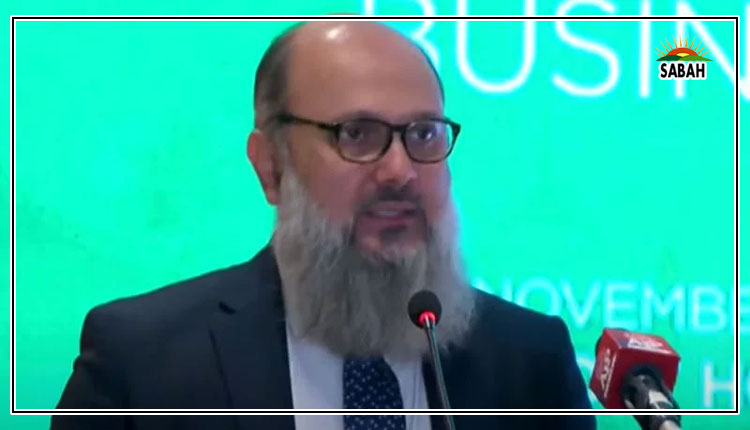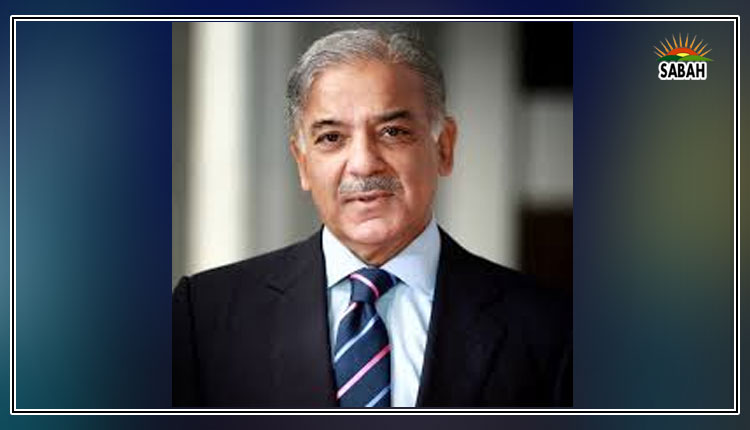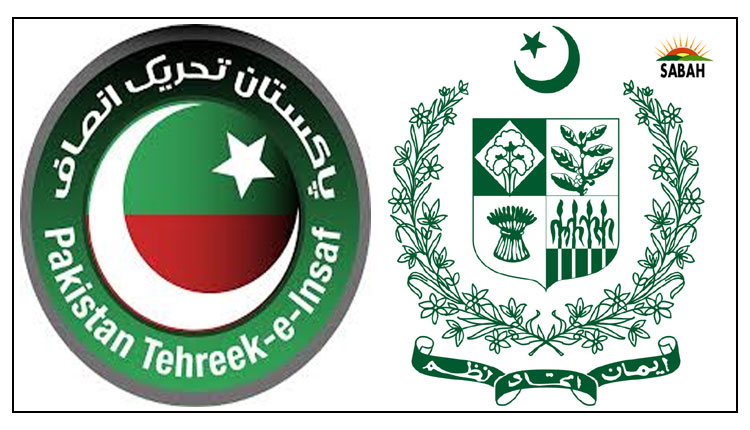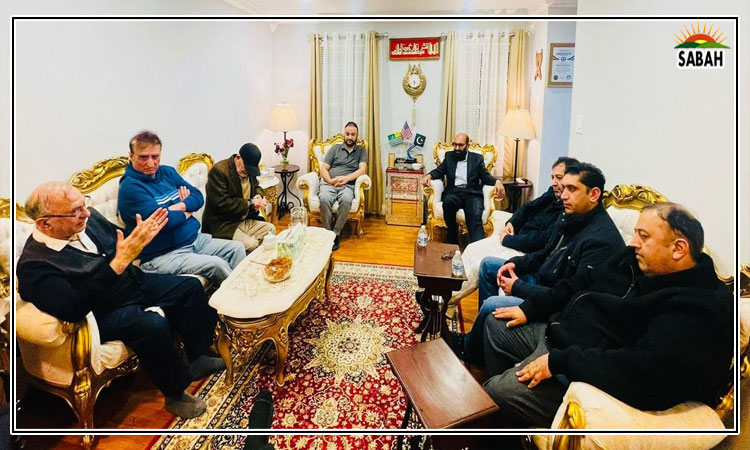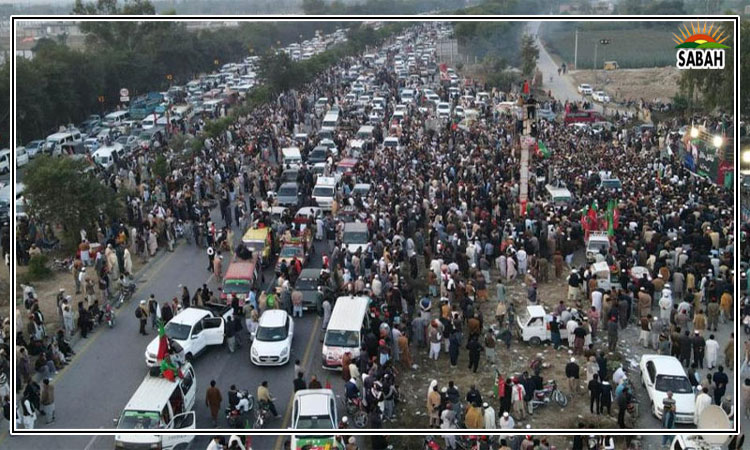Lessons from foreign policy management ( Part – II )۔۔۔Hina Rabbani Khar
Foreign policy is not made in a vacuum or a stagnant pool. It is like sailing in an open ocean; you have to change gear and tact in response to the condition of the ocean.
Likewise, there is no one good policy for all times to come. A policy that is good when the environment for it is conducive becomes bad when the environment has changed for the better or worse. A very good example of that is our relationship management with India.
Pakistans relationship with India is perhaps one of the most consequential and also the most complex. Historian and writer Stephen Cohen put the Pakistan-India relationship as one of the most intractable, in his book Shooting for a Century, The India- Pakistan Conundrum. Intractable conflict is defined as intense, deadlocked, and resistant to de-escalation or resolution.
This book was published in 2013. Soon after leaving office as foreign minister in 2013, I shared the stage with the late Cohen and was aghast that he would argue that this conflict is likely to shoot for a century and persist till 2047 and beyond. I remember thinking to myself: these old men have no idea that we have set our relationship on a track of uninterrupted and uninterruptible dialogue — a course that would quickly graduate to the zone of dispute resolution.
With hindsight, perhaps my optimism was tainted by our success in launching dialogue normalization post-Mumbai and also buoyed by the PPP governments brave decision to break away from a decision post-1965 war that trade with India would not be normalized unless the question of Occupied Kashmir was resolved. No government, democratic or dictatorial, after that had the guts to reverse it.
If you speak to anyone in the Foreign Office who has served on this desk, Pakistan-India normalization has been a tale of missed opportunities. I once put it like this: When Pakistan goes sane, India goes crazy, when India goes sane Pakistan goes crazy. In summary, what that means is that every time there was an opportunity to actually solve some of the intractable issues that fester between the two countries, one of the two has been either slow to grab the opportunity or thought it to be strategically unwise to do so.
Anyone looking at the long-term interest of the two nations cannot ignore the reality that the population of the two nations has been held hostage to problem perpetuation rather than problem resolution.
For some unexplainable stroke of bad luck, the two nations have not been able to reduce the historical baggage of inherited disputes from the basket of problems left by the British. In fact, that basket of problems has only grown over the years. Siachen, Samjhota Express, re-annexation of Kashmir, and sending military jets into Pakistans territory these are all added items to the Occupied Jammu and Kashmir and Sir Creek problem that was inherited from the British.In 2010, when I entered the Foreign Office, we were still living in the shadow of the Mumbai crisis, but a useful meeting between the two prime ministers in Sharm el Sheikh where then-Indian PM Manmohan Singh boldly acknowledged Indias interference in Balochistan laid the groundwork for the restart of the dialogue process.
In Pakistan, we were a government that was keen on seizing the opportunity to move forward and unencumber ourselves from our stated positions mode and move towards dispute resolution. The thing with dispute resolution is that it can only take place in an environment of trust. New to the Foreign Office, I had imagined it to have a fossilized approach towards India, and be an immovable feast on any fresh way of thinking. Over the years, we had somehow divided the issues between India and Pakistan as ours and theirs, Occupied Jammu and Kashmir was our issue, terrorism and trade was their issue.
In any institution the key to progress is not just to come up with what needs to be done or how to do it; a very important, if not the most important, element is to ensure that there is group think and group ownership of the what and the how. One thing I realized soon in office was that as an institution we were thinking in silos. The South Asia Division was thinking and propagating the same stated positions on India. That made us institutionalize group think in the form of weekly high-level (additional secretary) meetings, which were thinking meetings. In these meetings, we moved away from the immediate issues on our table and deep-dived into the consequential ones. These meetings soon became a place of alternate thinking, deep discussions and free speech, and I soon realized that group think was different and better than file think.
On India, somewhat miraculously we were able to build ownership of the need to move out of our stated way of thinking and proactively push for dispute resolution.
Nothing can be done if the stars are not aligned in throwing champions that can partner in achieving any of these wins. The stars were aligned — we had a commerce secretary who was keen to move forward, a foreign secretary who had full ownership of solving the Gordian knot, and all of this was because there was a political push, both at the Presidency with Asif Ali Zardari and with PM Gilani at the PMO.We were also a government that took all other political parties into confidence. I remember as I embarked on an important bilateral trip to India in July 2013, PM Gilani personally took every parliamentary party leader into confidence. Interestingly, across the border, in Nirupama Rao, the foreign secretary in India, the stars truly were aligned.
To be continued
Courtesy The News



